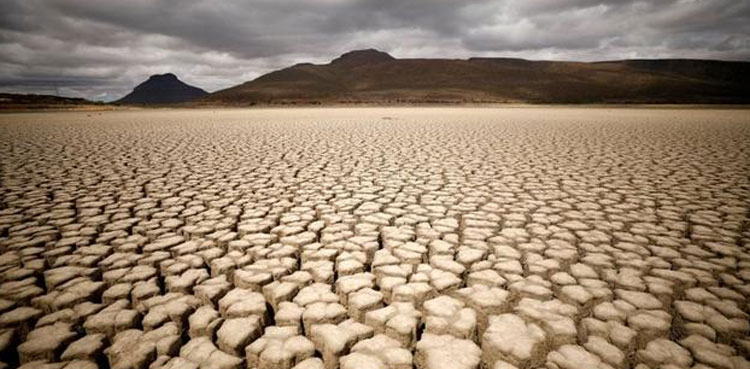
Rising global temperatures ‘inexorably closer’ to climate tipping point: UN

There is now a 40% chance that global temperatures will temporarily reach 1.5 degrees Celsius above pre-industrial levels in the next five years — and these odds are rising, a UN report said on Wednesday.
This does not yet mean that the world would already be crossing the long-term warming 1.5-degree threshold set by the Paris Climate Accord, which scientists warn is the ceiling to avoid the most catastrophic effects of climate change. The Paris Accord target looks at temperature over a 30-year average, rather than a single year.
But it does underscore that “we are getting measurably and inexorably closer” to that threshold, said UN World Meteorological Organization (WMO) Secretary-General Petteri Taalas in a statement. Taalas described the study here as “yet another wakeup call” to slash greenhouse gas emissions.
Every year from 2021 through 2025 is likely to be at least 1 degree Celsius warmer, according to the study.
The report also predicts a 90% chance that at least one of those years will become the warmest year on record, topping 2016 temperatures.
In 2020 – one of the three warmest years on record – the global average temperature was 1.2 degrees Celsius above the pre-industrial baseline, according to an April WMO report here
“There’s a little bit of up and down in the annual temperatures,” said Gavin Schmidt, director of NASA’s Goddard Institute for Space Studies in New York City. “But these long term-trends are unrelenting.”
“It seems inevitable that we’re going to cross these boundaries,” Schmidt said, “and that’s because there are delays in the system, there is inertia in the system, and we haven’t really made a big cut to global emissions as yet.”
Almost all regions are likely to be warmer in the next five years than in the recent past, the WMO said.
The WMO uses temperature data from multiple sources including NASA and the National Oceanic and Atmospheric Administration (NOAA).
Weather that was once unusual is now becoming typical. Earlier this month, for example, NOAA released its updated “climate normals here” which provide baseline data on temperature and other climate measures across the United States. The new normals — updated every 10 years — showed that baseline temperatures across the United States are overwhelmingly higher compared with the past decade.
Temperatures shifts are occurring both on average and in temperature extremes, said Russell Vose, chief of the climatic analysis and synthesis branch at NOAA’s National Centers for Environmental Information. Over the next five years, these extremes are “more likely what people will notice and remember,” he said.
Warming temperatures also affect regional and global precipitation. As temperatures rise, evaporation rates increase and warmer air can hold more moisture. Climate change also can shift circulation patterns in the atmosphere and ocean.
The WMO report predicts an increased chance of tropical cyclones in the Atlantic Ocean, that Africa’s Sahel and Australia will likely be wetter, and that the southwest of Northern America is likely to be drier.
The projections are part of a recent WMO effort to provide shorter-range forecasts of temperature, rainfall and wind patterns, to help nations keep tabs on how climate change may be disrupting weather patterns.
Looking at marine and land heat waves, ice sheets melting, ocean heat content rising, and species migrating toward colder places, “it’s more than just temperature,” Vose said. “There are other changes in the atmosphere and in the ocean and in the ice and in the biosphere that all point to a warming world.”
The post Rising global temperatures ‘inexorably closer’ to climate tipping point: UN appeared first on ARY NEWS.
from International – ARY NEWS https://ift.tt/3uwfMVO



0 Response to "Rising global temperatures ‘inexorably closer’ to climate tipping point: UN"
Post a Comment